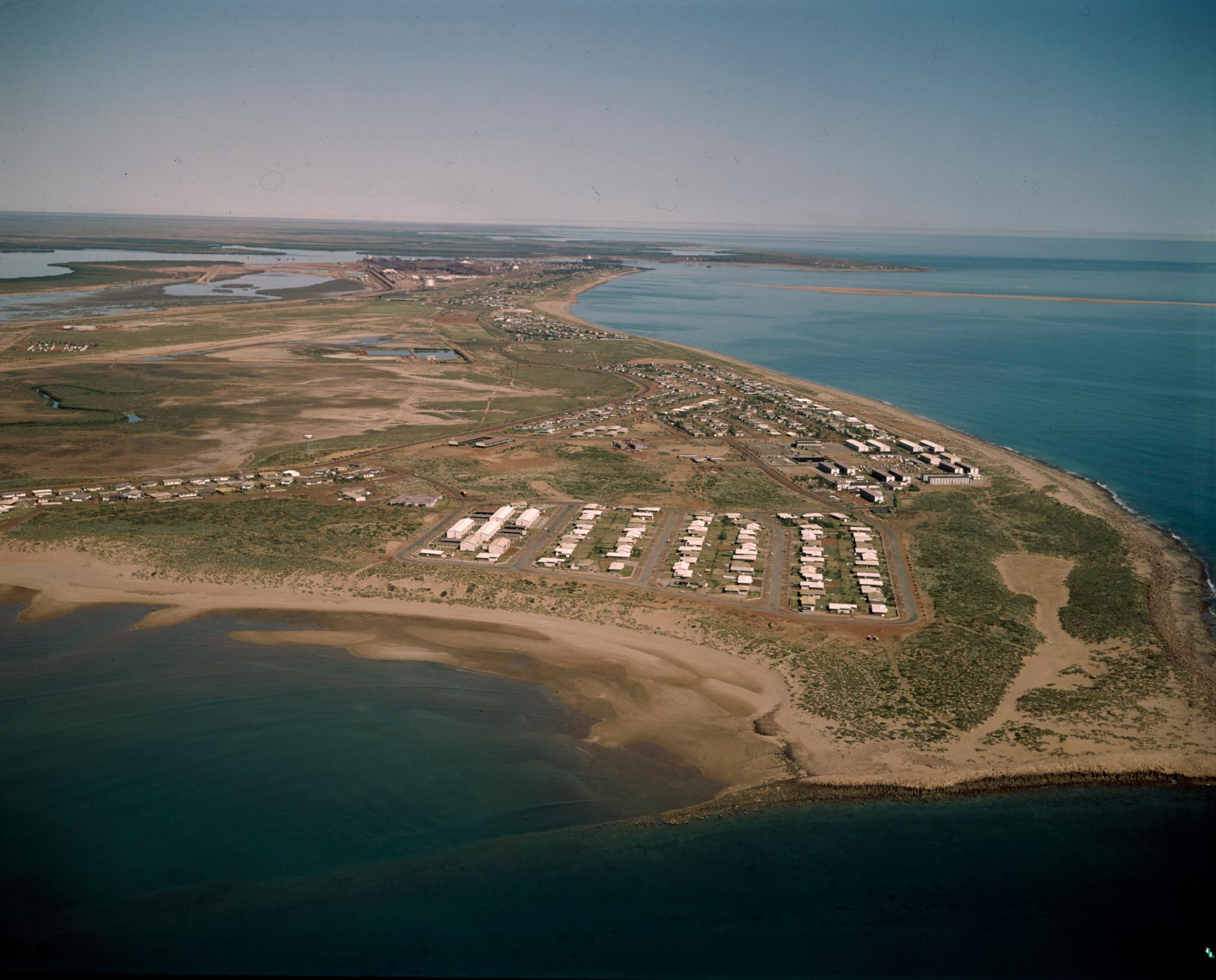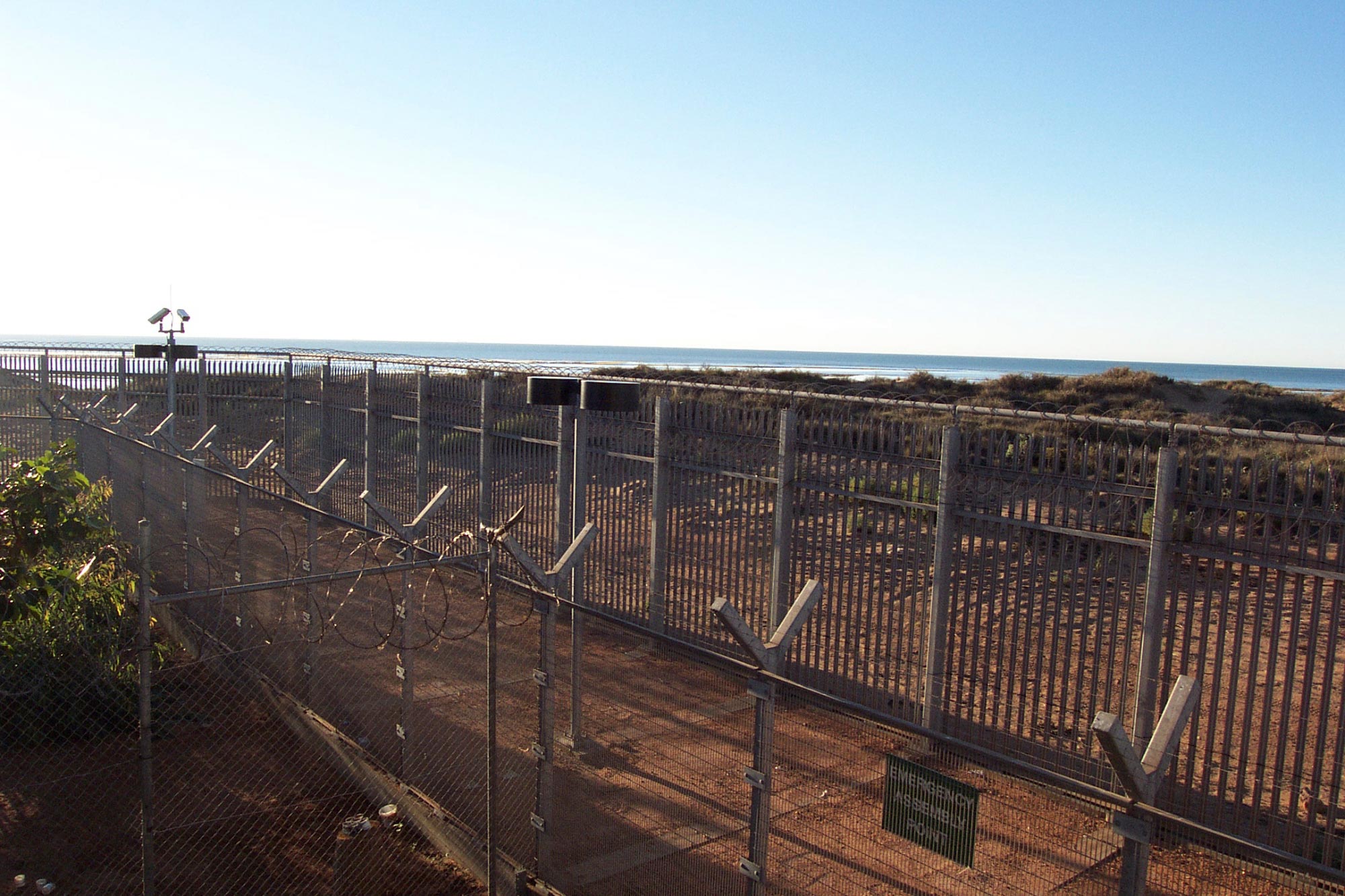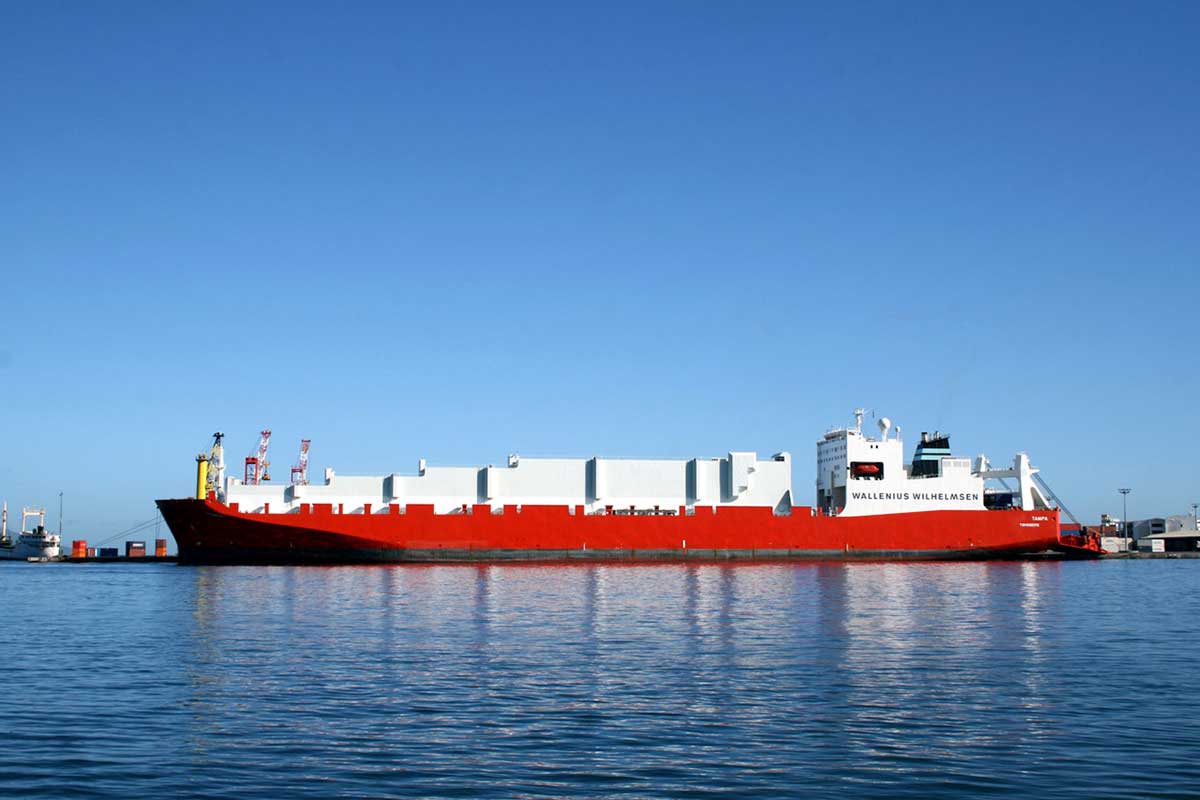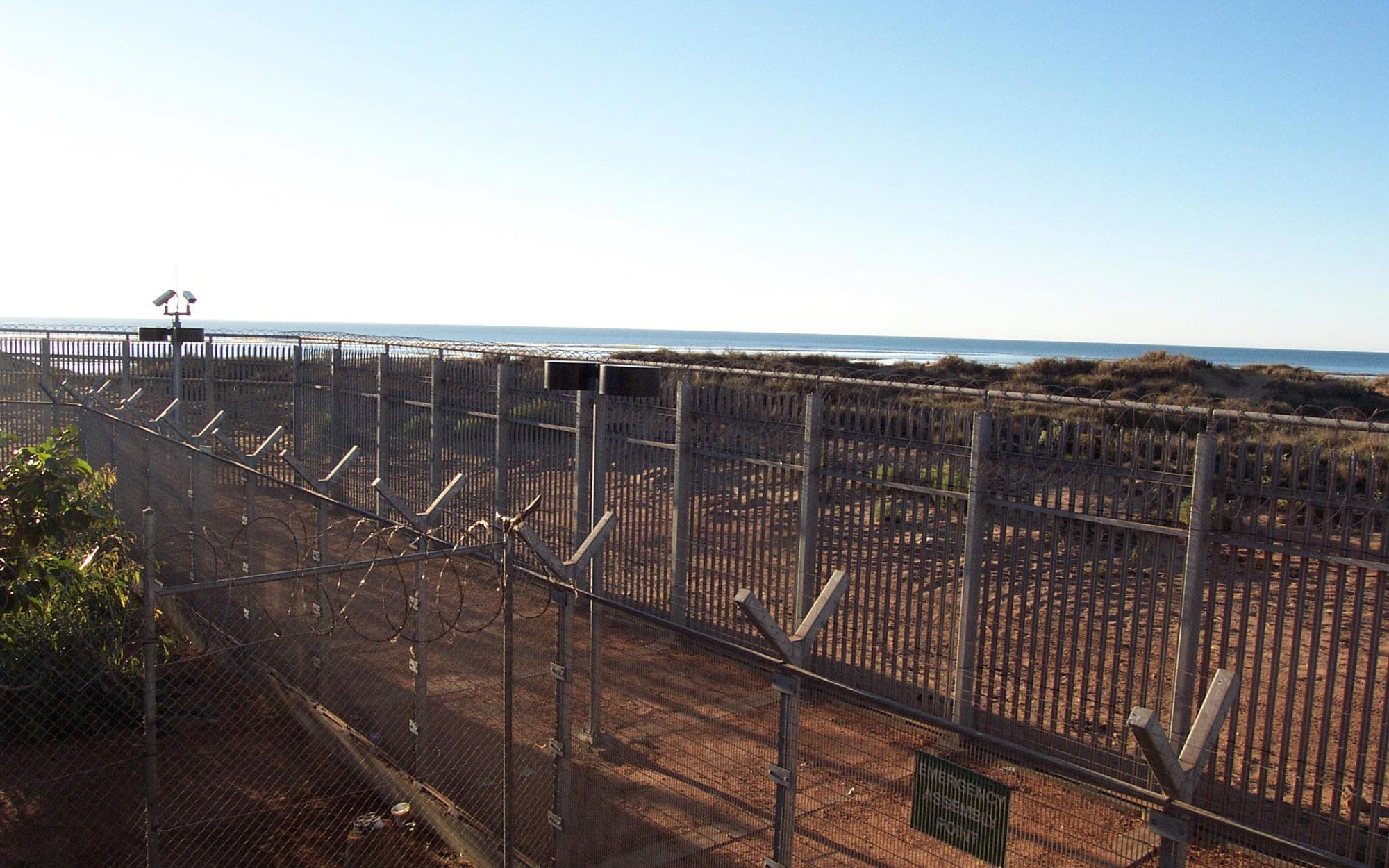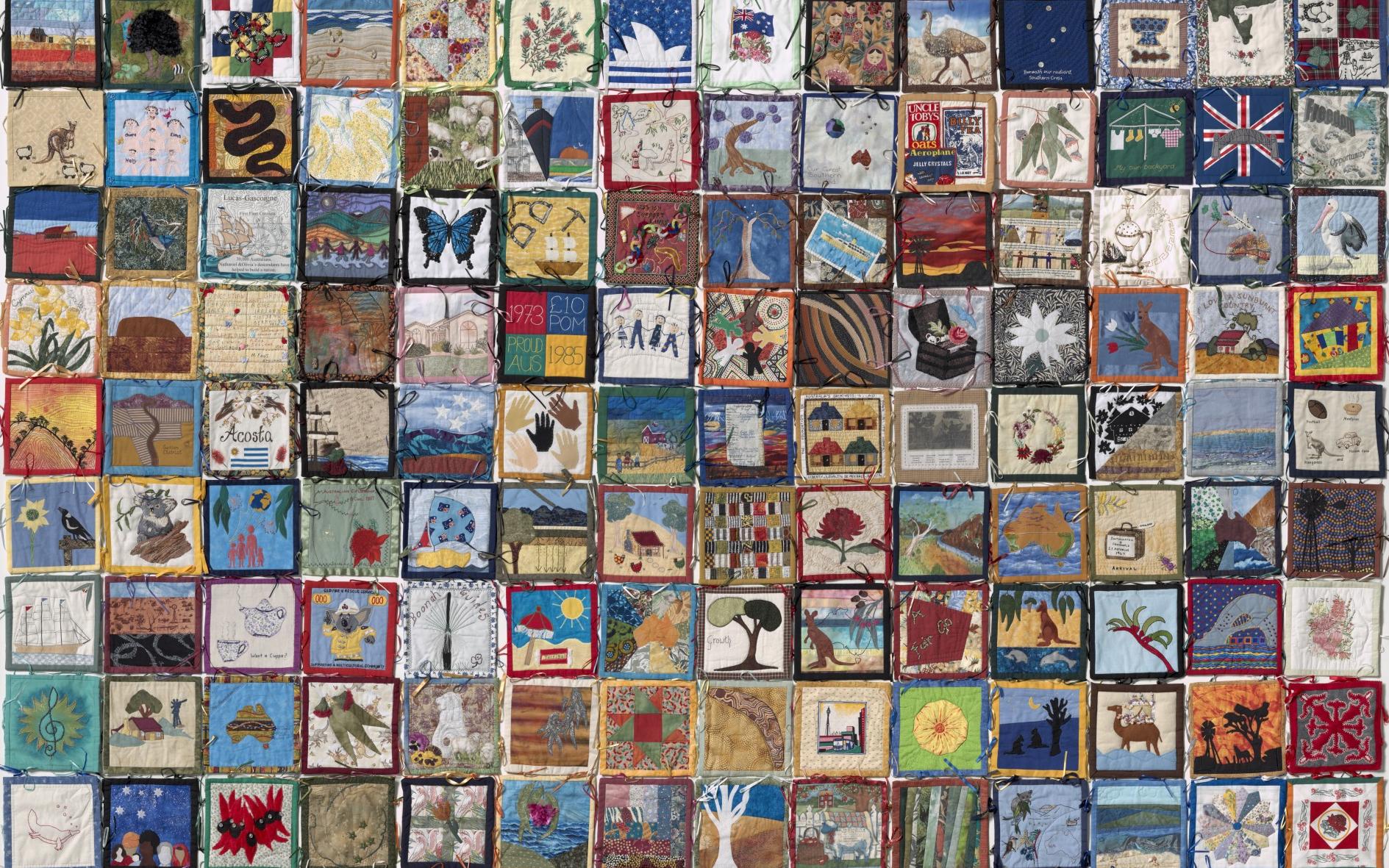Learning module:
Migration experiences Defining Moments, 1945–present
Investigation 4: Australian refugee policy
4.3 2001 Refugees or hijackers? Australian troops take control of Tampa carrying rescued asylum seekers
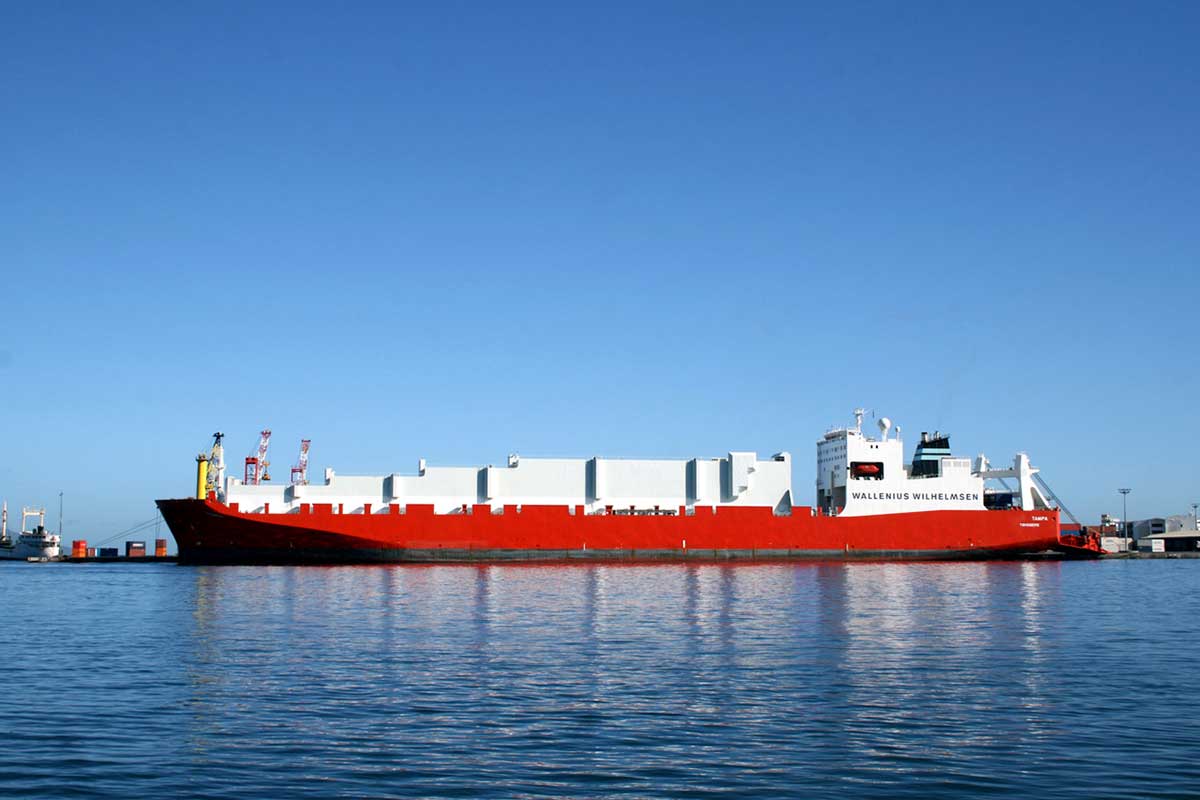
Read the information in the Defining Moment in Australian history: 2001 Australian troops take control of Tampa carrying rescued asylum seekers and use it to answer these questions.
1. What was the MV Tampa?
2. Who were the refugees aboard the Tampa?
3. Where was the captain authorised to take them?
4. How did the refugees react?
5. How did the government initially react?
6. What change did the government propose to legislation as a result of the Tampa situation?
7. What happened to that legislation?
8. What alternative actions did the government take under the Pacific solution?
9. What were the political results of the Tampa situation?
Look back at the Key questions. Which of these questions do you think you can now answer fully? Which need more research?
10. Now complete this sentence:
Exploring further
There are four main streams to Australia’s migration program. Here are three of them:
- Skill — designed to improve the productive capacity of the economy and fill skill shortages in the labour market, including those in regional Australia. This represents most places offered (128,550 places in 2018–19).
- Family — is predominately made up of Partner visas, enabling Australians to reunite with family members from overseas, and provide them with pathways to citizenship (57,400 places in 2018–19).
- Special Eligibility — this covers visas for those in special circumstances that do not fit into the other streams. This can include permanent residents returning to the country after a period away, and is the smallest stream (565 places in 2018–19).
11. Rank these three streams in order of the number of people they bring to Australia.
The fourth stream, ‘humanitarian’, is managed separately and is for asylum seekers, refugees and others in need. An asylum seeker is a person who is seeking international protection but has not yet been accepted as a refugee. A refugee is one who has been accepted as having a real and well-founded fear of persecution in the country they are fleeing.
This graph shows number of migrants accepted into Australia under the humanitarian program.

12. Now rank the four streams in order of the number of people they bring to Australia.
13. Describe the general trend in humanitarian immigration numbers.
This graph shows the numbers of people arriving by boat without a valid entry permit (‘unauthorised maritime arrivals’) and claiming asylum under the humanitarian program.

14. Describe the trends in unauthorised arrivals in this graph.
15. How significant have the peaks been in overall numbers of asylum seekers?
16. Suggest reasons why there have been times when there were no or few people arriving in this way.
17. Looking back at the Tampa case, did this occur at a time when the numbers of people arriving by boat were high or low?
People who seek to arrive in this way are now either turned back before arrival, or sent to offshore processing places so that they cannot be said to have ‘arrived’ in Australia.
Finding out more
Watch Multicultural Mosaic interview from the Australian Journey video series, to consider the views of Chief Justice Julian Burnside AO as he delivers a lecture on Australia’s mandatory detention policies.






